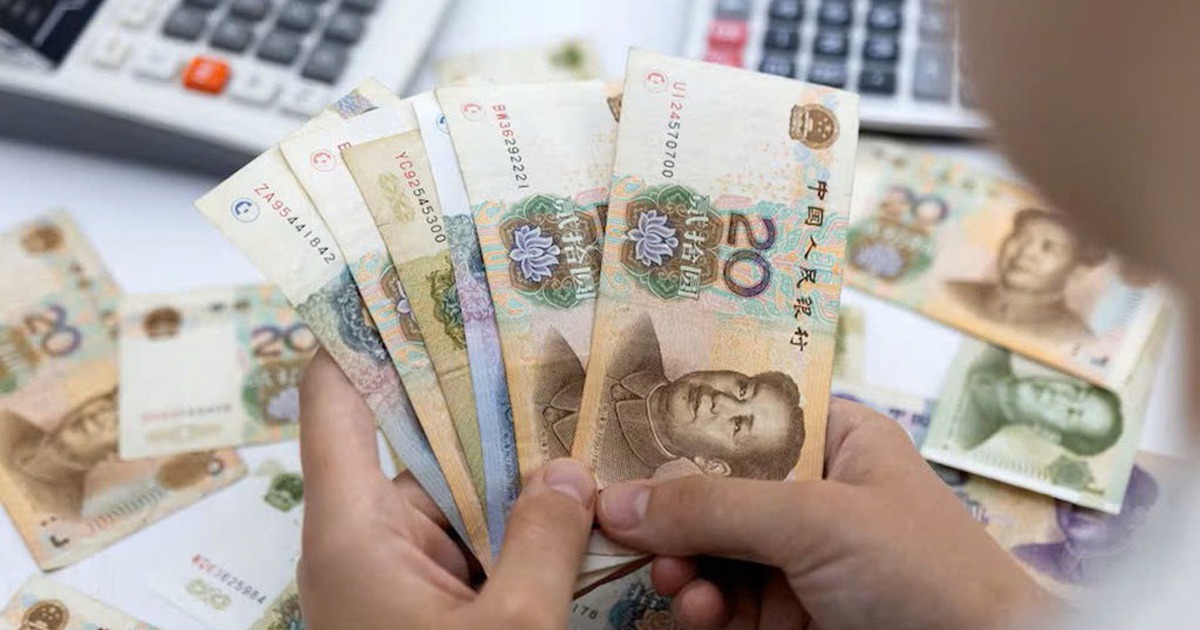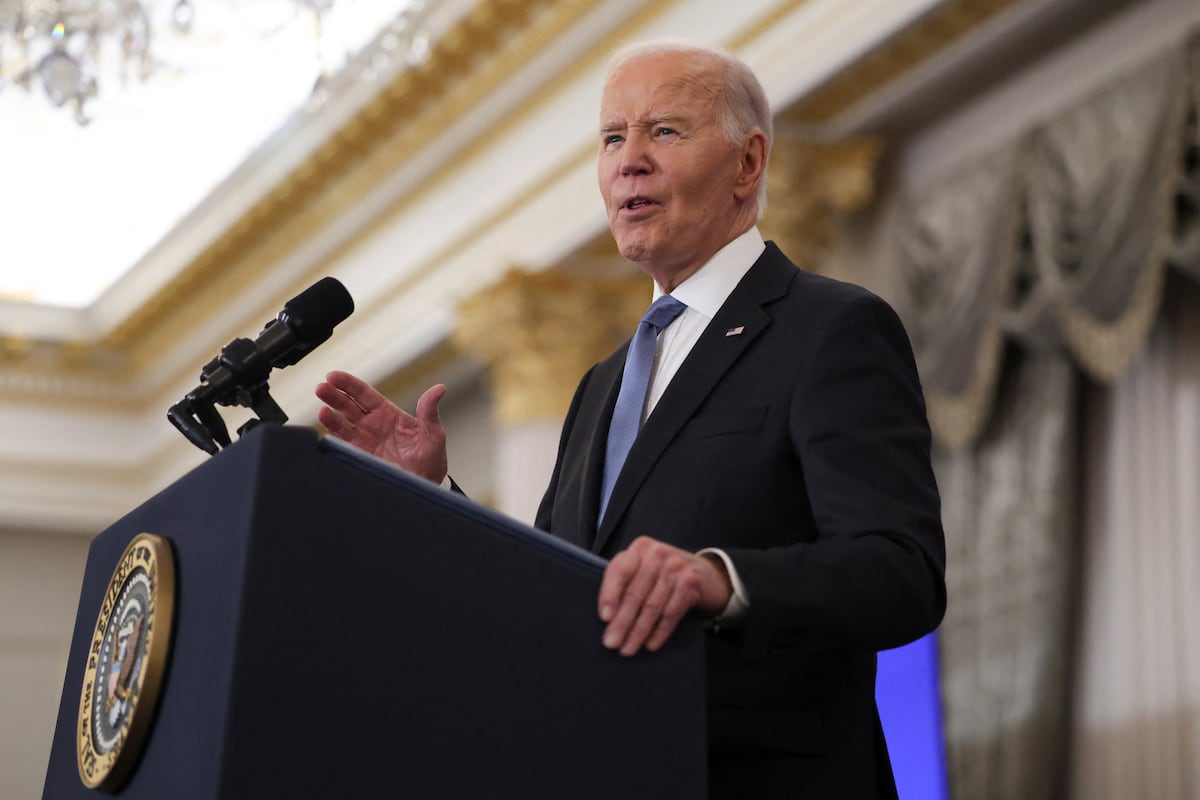Yesterday (January 13), sheet South China Morning Post Citing data from the Chinese government, the country’s trade surplus reached a record in 2024.
Trade surplus is nearly 1,000 billion USD
Specifically, thanks to a surge in exports, especially for the automobile and computer chip industries, as well as achieving strong market share growth in countries participating in the Belt and Road initiative, China achieved a surplus. The trade surplus in 2024 will reach 992.2 billion USD. Compared to 2023, China’s exports increase by 5.9% to reach 3,580 billion USD, imports increase by 1.1% to 2,590 billion USD; Of which, exports to the ASEAN market – Beijing’s largest trade partner – increased by 18.94% in December 2024 compared to the same period in 2023, including 2024, an increase of 12%.
China is having difficulty with exchange rate issues
However, the above results pose an upcoming challenge for China as the country is still largely dependent on foreign markets. Senior economist Gary Ng (French investment bank Natixis) commented: “China’s trade data shows a slow recovery in domestic demand. The recovery in consumer sentiment and real estate Real estate remains slow, harming commodity demand.”
Meanwhile, China is facing increasingly larger trade barriers. In 2024, according to data from the Trade Defense Information Agency (Ministry of Commerce) of China, a total of 160 trade investigations were initiated targeting Chinese goods. The number of investigations is significantly more than the number of 69 cases in 2023. Many investigations started in 2024 may lead to Chinese goods facing more barriers in many markets in the future. . Although overall exports increased, including 2024, China’s exports to the EU – Beijing’s second largest export market – decreased by 4.4% for the whole year. Currently, the EU is promoting many moves aimed at punishing Chinese goods, especially electric cars.
The challenge is getting bigger and bigger
Meanwhile, not only the EU, many countries in the southern world (mostly developing economies) have also begun to introduce trade defense measures targeting Chinese goods.
The biggest challenge is the relationship between China and the US after Donald Trump takes office, scheduled for January 20. In incoming analysis AdolescentEurasia Group (USA), the world’s leading political risk research and consulting unit, assesses that US-China relations may be unpredictably tense, focusing on trade conflicts, after Mr. Trump takes office. position.
Eurasia Group assesses that although the meeting of current US President Joe Biden and Chinese President Xi Jinping in November 2023 in San Francisco (USA) did not resolve bilateral disagreements, it was somewhat restrained to Bilateral tensions did not become out of control. However, after Mr. Trump took office, US-China relations are facing many unpredictable risks.
In order to increase resources for the economy, newspaper People’s Daily (China) yesterday (January 13) reported that the country’s government has just loosened policies so that domestic businesses and financial institutions are allowed to mobilize more foreign capital.
This move can help China maintain the value of the yuan in the context of this currency’s devaluation. In early January, the yuan reached 7.3 yuan for 1 USD for the first time. Meanwhile, the People’s Bank of China (acting as the central bank) still imposes a fixed exchange rate of about 7.1876 yuan for 1 USD. According to the South China Morning Post, citing an assessment from Nomura Bank (Japan), it is predicted that by 2025, the exchange rate could rise to 7.6 yuan for 1 USD.
The depreciation of the yuan will benefit China’s exports, however, if the price falls too much, the country may be subject to increased sanctions by the US based on accusations of “currency manipulation” to benefit exports. However, expanding foreign borrowing poses many potential risks to the Chinese economy as domestic consumption remains stagnant. If businesses do not operate effectively, it leads to the risk of increased foreign debt.
Therefore, China is facing no small challenge to manage currency exchange rates amid many difficult economic contexts.





